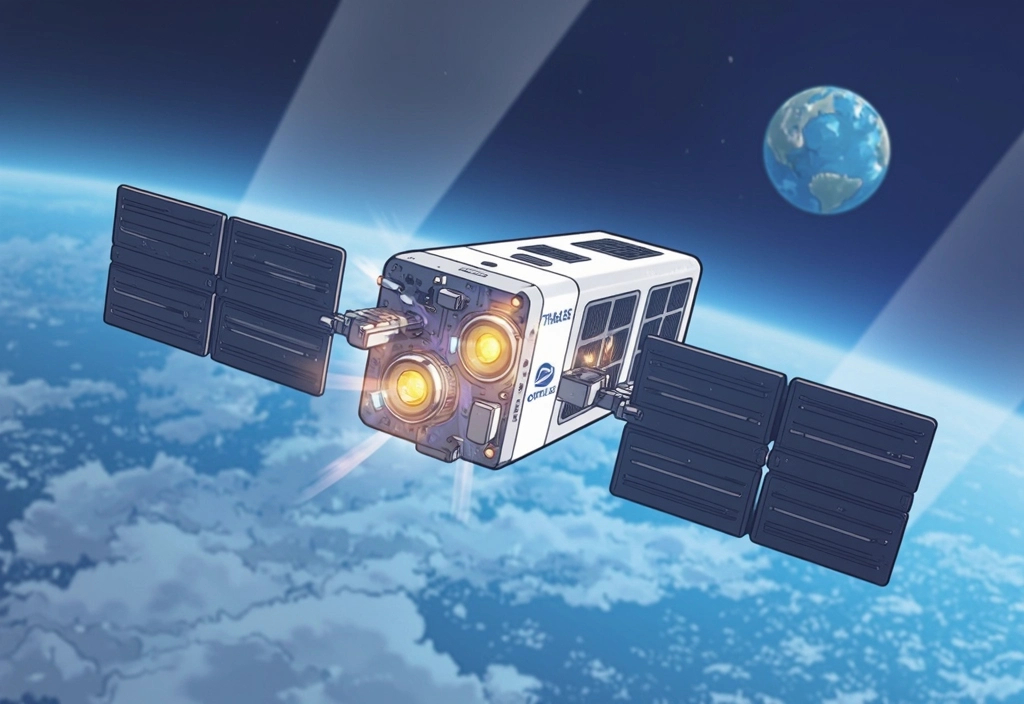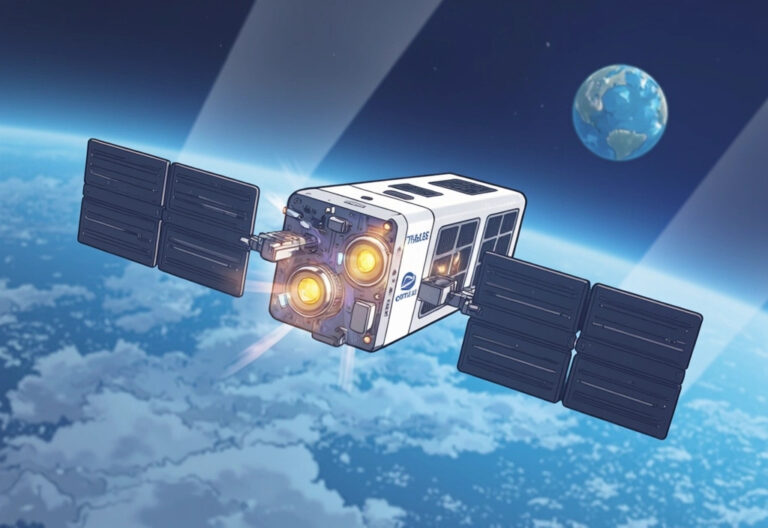The space industry is witnessing a leap forward in satellite communications technology with Thales’s recent delivery of a complete set of Dual Travelling Wave Tubes (TWTs) for the Optus-11 satellite, developed by Airbus Defense and Space. This milestone marks a significant advancement in satellite performance, flexibility, and reliability, reinforcing Thales’s position as a space-based radiofrequency amplification technology leader.
What Are Dual Travelling Wave Tubes (TWTs)?
Travelling Wave Tubes are essential components in satellite systems, responsible for amplifying radiofrequency signals to ensure robust communication links. Thales’s Dual-TWTs take this a step further by integrating two TWTs into a single, compact, and lightweight module. This innovation allows satellites to achieve higher performance while reducing weight and saving valuable space on board—key factors for modern, flexible satellite missions.
Key Benefits for Optus-11
- Enhanced Communication and Data Management: The delivery of these Dual-TWTs will significantly boost Optus-11’s ability to handle high volumes of data and maintain reliable communications, even in challenging environments.
- Operational Flexibility: Optus-11 is designed as a reconfigurable satellite, capable of adapting its mission profile while in orbit. The Dual-TWTs are crucial for this flexibility, supporting the satellite’s ability to respond to evolving market and user needs.
- Ku-Band Performance: Operating in the Ku-band frequency range (12-18 GHz), the Dual-TWTs allow Optus-11 to transmit and receive signals efficiently, minimizing interference and maximizing bandwidth for users.
A Foundation for the Next Generation of Satellites
Optus-11 is part of Airbus Defense and Space’s OneSat program, which aims to create highly flexible and software-defined telecommunications satellites. The program leverages the expertise of leading industry players, with Airbus overseeing the main design and TESAT integrating Thales’s TWTs into Microwave Power Modules (MPMs).
Thales’s Dual-TWTs are available for both Ku and Ka band satellite frequency ranges, making them ideal for a broad spectrum of flexible satellite platforms. Their compact design and global performance are unmatched, with over 23,200 TWTs from Thales already in orbit.
Collaborative Manufacturing Across Europe
The manufacturing of these advanced Dual-TWTs is a collaborative effort across three Thales facilities: Ulm in Germany, and Thonon-les-Bains and Vélizy in France. This pan-European approach ensures the highest quality and reliability for space missions.
Industry Endorsement
Charles-Antoine Goffin, Vice President of Microwave and Imaging Systems at Thales, emphasized the significance of this achievement:
“Our successful delivery of this system for the first flight model showcases Thales’s ability to quickly provide cutting-edge technological solutions that will shape the future of space communications.”
Conclusion
The delivery of Dual Travelling Wave Tubes for Optus-11 is a testament to Thales’s innovation and leadership in satellite communications. As the demand for flexible, high-performance satellites grows, technologies like Dual-TWTs will be at the forefront, enabling the next generation of space connectivity.
Check out the cool NewsWade YouTube video about this article!
Sources
- Thales Group. (2024, April 18). Thales delivers complete set of Dual Travelling Wave Tubes (TWTs) for the Optus-11 Satellite, developed by Airbus Defence and Space [Press release]. https://www.thalesgroup.com/en/worldwide/space/press_release/thales-delivers-complete-set-dual-travelling-wave-tubes-twts-optus-11
- Airbus OneSat program: https://www.airbus.com/en/products-services/space/telecommunications-and-navigation-satellites/onesat5
- TESAT products: https://www.tesat.de/products















